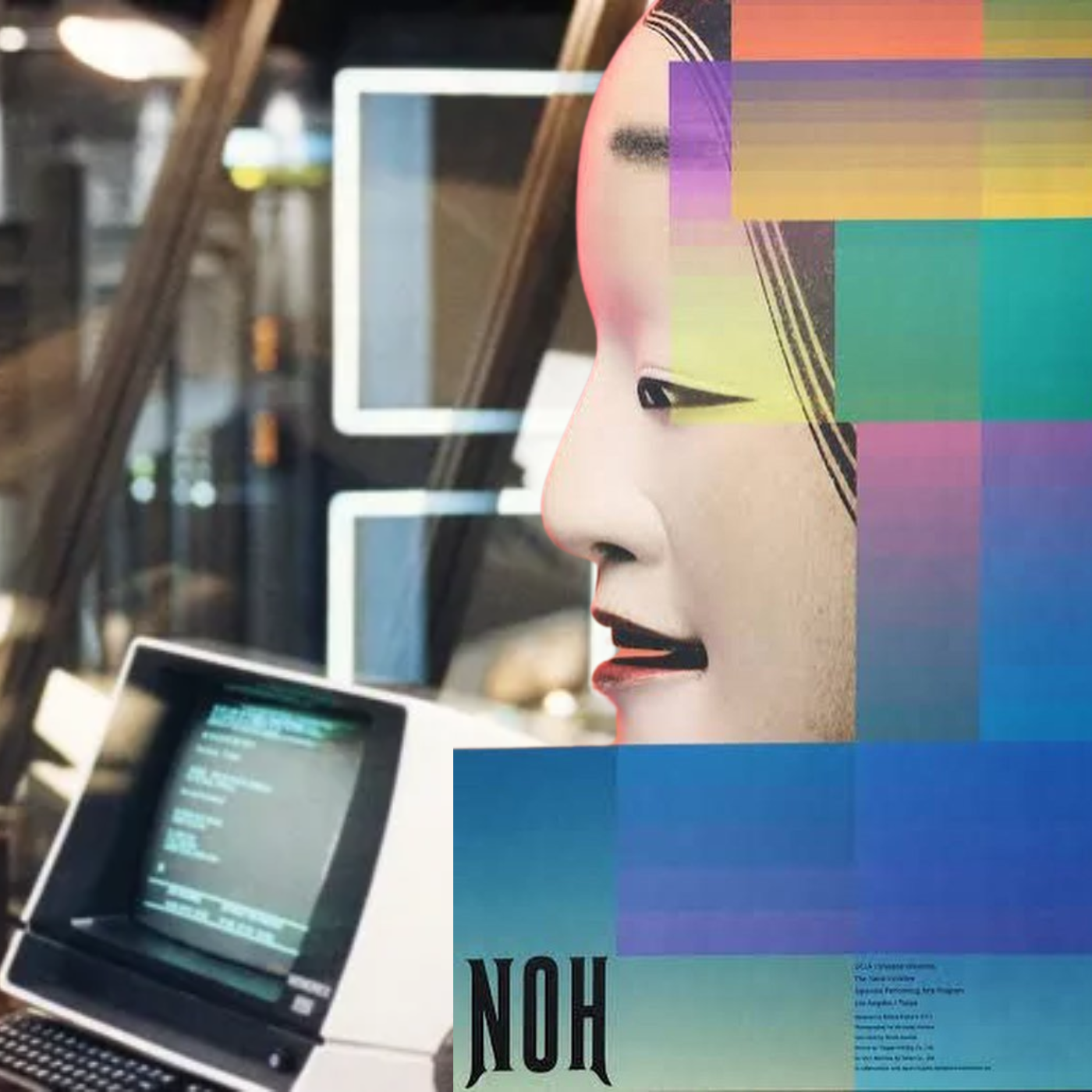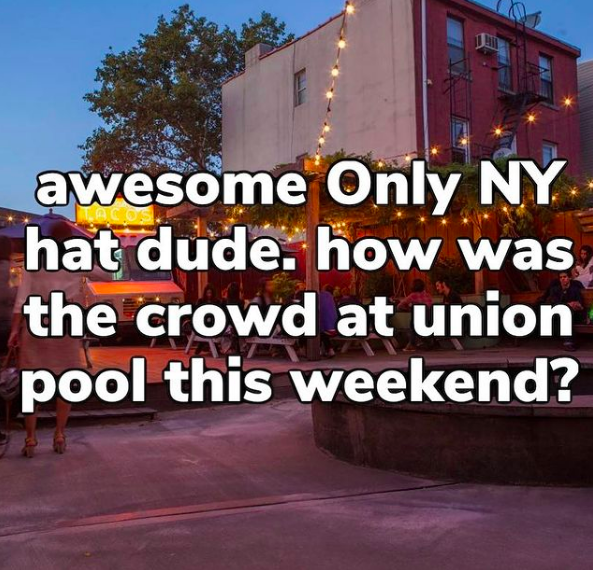- Studio Dirt
- Posts
- Dirt: J Walks
Dirt: J Walks
"Art is made, and people descend on it."

Colin Everest and Nazareno Crea unspool a typographic saga in Manhattan’s East Village.
I met my friend Nazareno Crea in 2018. Naza is a type designer and founder of the design platform ABC-ETC.COM. He’s originally from Italy, and came to New York in 2013. When we met in 2018, Naza had already been on the trail of an enigmatic type designer and fabricator, whose work is visible all over the East Village and Alphabet City, for more than four years.
We talked in late August 2024. The conversation below has been edited for clarity and condensed.


Photo courtesy of Nazareno Crea
Nazareno Crea: I think it was 2014. I was living in the East Village and working in SoHo, so I would walk to work. I probably noticed one store first—a deli. Once I realized the style and that one person was doing it, I was like, “Wow, this guy is a good designer," because he had an intuitive system of making letters.
Anyone can write letters. Then there's type design, which is mostly based on calligraphy, where the lines go based on rules, where a placement needs to be consistent. The designer creates a signature, like a handwriting you recognize. I started to see that this artist had a very creative, high design skill, like a real typographer.
I asked how many examples of the artist’s work Naza had.
Oh, my God, a lot. A lot, but sometimes it's the same store. I just took photos of everything that he did within a store. Stores would allow him to do a lot of stuff in them. For some stores, he’d do one of his favorite signs: “Mind the Gap”—no, “Mind the Step.” At the bottom of the entrance of a deli would be “Mind the Step.” And that seems like the tiniest intervention.

Photo courtesy of Nazareno Crea
I asked about the technical features of the typography.
He has a flexible style. Depending on your format, the font can adapt. When the format is very narrow, the font will become a very narrow font. When you’re writing on a very wide and large support, the font will extend to fill the area. So he fits letters according to the surface that he has.
Naza brought up another picture.

So, see: Spanish food here, “Sabor Latino.” This door is narrow. The letters are somewhat normal, the lettering fits in an upright rectangle.
If you move to look at what's at the bottom of the door, it’s a very wide canvas, and the height has shrunk. He adapts all the time to whatever support he has.
Naza showed me the following to demonstrate.

Photo courtesy of Nazareno Crea
Ice cream, deli, beer—look how wide they are. For “ice,” he doesn't have much space, but “Deli” and “beer” stretch super wide, because he has more space. So he adapts every time, but every time he uses, technically, the right amount of thickness of the stroke. His vertical stroke is consistent. His horizontal strokes are also consistent.
But sometimes he makes exceptions. For example on the E. You see the horizontal stroke inside the E? It’s much thinner than the two others. If you were to make these three strokes equal, it would have looked completely different; the font would not be consistent with the style. But because you decided to have big vertical stroke, big horizontal stroke at the top, big horizontal stroke at the bottom and thin in the middle, it gives you the perception that it is a bold font.
So here's a mode of designing that is incredibly savvy, and suggests someone who knows type design. Yet again, I don't know if he ever studied or not.
Article continues below

BROUGHT TO YOU BY GIRL BEER

Dirt asked us to write 200-300 words to fill this space. But nothing we write could be as good as what you read in Dirt, so maybe just read that instead.
If you’re still reading (congrats), we’re a group of girls, making some beer called Girl Beer. So now to fill the rest of the space, here’s a string of cute little emojis:
(•‿•)
(◑‿◐)
(-‿◦☀)
ಥ‿ಥ
(づ ◕‿◕ )づ
٩(◕‿◕)۶
Actually, if you want to do something... anything at all... follow us @itsgirlbeer

Naza had noted that almost all of the design was in capital letters. We were scrolling Naza’s examples—I asked him to go back.

This is weird, because this is a Mazar lounge.
I don't know if it’s still open. The stores that he worked in, they don’t have a very long life, some of them. One day you see a sign of it; a few months later, the store doesn't exist anymore, which is somewhat the larger story that I wanted to tell, in many ways, about the East Village disappearing.
It's not just the East Village. It's just the replacement of personality with big stores and anonymity. His way of doing things is an expression of that personality versus anonymity.

TYPE FACES
|

DIRT IN NYC
|
|
|
|
|






